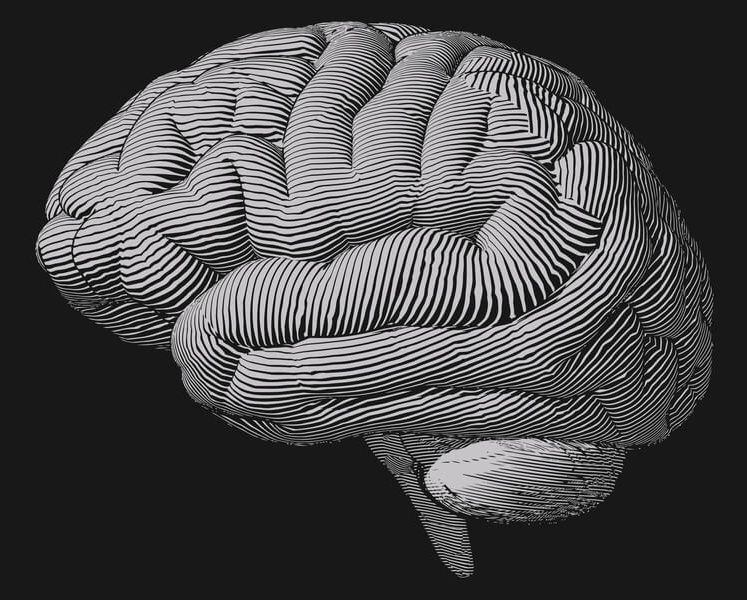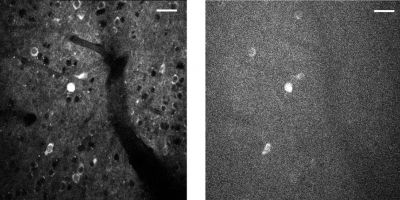Page 10443
Feb 23, 2017
A Potential Dark Matter Signature Has Been Seen in The Andromeda Galaxy
Posted by Andreas Matt in categories: cosmology, particle physics

NASA’s Fermi Telescope has looked at the gamma-ray emission of M31, the Andromeda Galaxy, and discovered the largest fraction of this powerful radiation comes from the core of the galaxy, very much like in our own Milky Way. The international team of researchers has considered this signature as potential indirect evidence of dark matter.
Some theoretical models predict gamma-ray emissions when dark matter particles interact with each other. Dark matter doesn’t like interacting at all, it doesn’t form clumps or clouds, so these gamma-ray signals might only happen in dense regions, like at the core of galaxies.
Continue reading “A Potential Dark Matter Signature Has Been Seen in The Andromeda Galaxy” »
Feb 23, 2017
This California gubernatorial candidate wants state-funded ‘universal basic income’ for everyone
Posted by Zoltan Istvan in categories: economics, government, robotics/AI
The Los Angeles Times covered my libertarian campaign for CA governor. I do still support a libertarian version of a basic income due to coming automation—and the fact it will swallow welfare and other government programs, essentially reducing the size of government while distributing money to all residents.
This is Essential Politics, our daily look at California political and government news. Here’s what we’re watching right now:
Feb 23, 2017
Artificial intelligence in quantum systems, too
Posted by Bruno Henrique de Souza in categories: biological, quantum physics, robotics/AI
Quantum biomimetics consists of reproducing in quantum systems certain properties exclusive to living organisms. Researchers at University of the Basque Country have imitated natural selection, learning and memory in a new study. The mechanisms developed could give quantum computation a boost and facilitate the learning process in machines.
Unai Alvarez-Rodriguez is a researcher in the Quantum Technologies for Information Science (QUTIS) research group attached to the UPV/EHU’s Department of Physical Chemistry, and an expert in quantum information technologies. Quantum information technology uses quantum phenomena to encode computational tasks. Unlike classical computation, quantum computation “has the advantage of not being limited to producing registers in values of zero and one,” he said. Qubits, the equivalent of bits in classical computation, can take values of zero, one or both at the same time, a phenomenon known as superposition, which “gives quantum systems the possibility of performing much more complex operations, establishing a computational parallel on a quantum level, and offering better results than classical computation systems,” he added.
The research group to which Alvarez-Rodriguez belongs decided to focus on imitating biological processes. “We thought it would be interesting to create systems capable of emulating certain properties exclusive of living entities. In other words, we were seeking to design quantum information protocols whose dynamics were analogous to these properties.” The processes they chose to imitate by means of quantum simulators were natural selection, memory and intelligence. This led them to develop the concept of quantum biomimetics.
Feb 23, 2017
Private Russian Airline Gets Green Light For Space Launch
Posted by Andreas Matt in categories: government, space
The Russian government has given S7 airlines a license for space operations. The company plans its first launch by the year’s end.
Feb 23, 2017
New Tech Makes Brain Implants Safer and Super Precise
Posted by Klaus Baldauf in categories: biotech/medical, neuroscience, robotics/AI
When Jan Scheuermann volunteered for an experimental brain implant, she had no idea she was making neuroscience history.
Scheuermann, 54 at the time of surgery, had been paralyzed for 14 years due to a neurological disease that severed the neural connections between her brain and muscles. She could still feel her body, but couldn’t move her limbs.
Unwilling to give up, Scheuermann had two button-sized electrical implants inserted into her motor cortex. The implants tethered her brain to a robotic arm through two bunches of cables that protruded out from her skull.
Continue reading “New Tech Makes Brain Implants Safer and Super Precise” »
Feb 23, 2017
Graphene Could Buttress Next-Gen Computer Chip Wiring
Posted by Karen Hurst in categories: computing, materials
Nice.
Current can literally blow copper interconnects away, but graphene could keep them intact.
Feb 23, 2017
Synopsis: Revealing a Hidden Spin Polarization
Posted by Karen Hurst in category: materials
Photoemission spectroscopy has detected two different populations of spin-polarized electrons that are “hidden” within a layered, graphene-like material.
The layers inside certain materials can carry spin-polarized electrons, but this polarization is hidden to measurements that aren’t sufficiently localized. A new study using photoemission spectroscopy has detected the hidden spin polarization in a graphene-like material called molybdenum disulfide (MoS22). Unique to this work is the ability to target specific populations of spin-polarized electrons with circularly polarized light.
Feb 22, 2017
Group develops deep, non-invasive imaging of mouse brain
Posted by Karen Hurst in categories: engineering, neuroscience, physics
A three-photon microscopic video of neurons in a mouse brain. The imaging depth is approximately 1 millimeter below the surface of the brain. The firing of the neurons is captured by an indicator that is based on green fluorescent protein GFP, which glows brighter as the neuron sends a signal.
Nearly four years ago, then-President Obama launched the BRAIN (Brain Research through Advancing Innovative Neurotechnologies) Initiative, to “accelerate the development and application of new technologies that will enable researchers to produce dynamic pictures of the brain.”
Several of the program’s initial funding awards went to Cornell’s Chris Xu, the Mong Family Foundation Director of Cornell Neurotech – Engineering, and professor and director of undergraduate studies in applied and engineering physics. Xu’s projects aimed to develop new imaging techniques to achieve large scale, noninvasive imaging of neuronal activity.
Continue reading “Group develops deep, non-invasive imaging of mouse brain” »
Feb 22, 2017
Why I Will No Longer Do Research Sponsored By The Department Of Homeland Security
Posted by Karen Hurst in categories: education, ethics, government, security
“As academics we can sign petitions, but it is not enough.”
As academics we can sign petitions, but it is not enough. Scott Aaronson wrote very eloquently about this issue after the initial ban was announced (see also Terry Tao). My department has seen a dramatic decrease in the number of applicants in general and not just from Iran. We were just informed that we can no longer make Teaching Assistant offers for students who are unlikely to get a visa to come here.
The Department of Homeland Security has demonstrated its blatant disregard for moral norms. Why should we trust its scientific norms? What confidence do we have that funding will not be used in some coercive way? What does it say to our students when we ask them to work for DHS? Yes, the government is big, but at some point the argument that it’s mostly the guy at the top who is bad but the rest of the agency is still committed to good science becomes just too hard to swallow. I decided that I can’t square that circle. Each one of us should think hard about whether we want to.

















